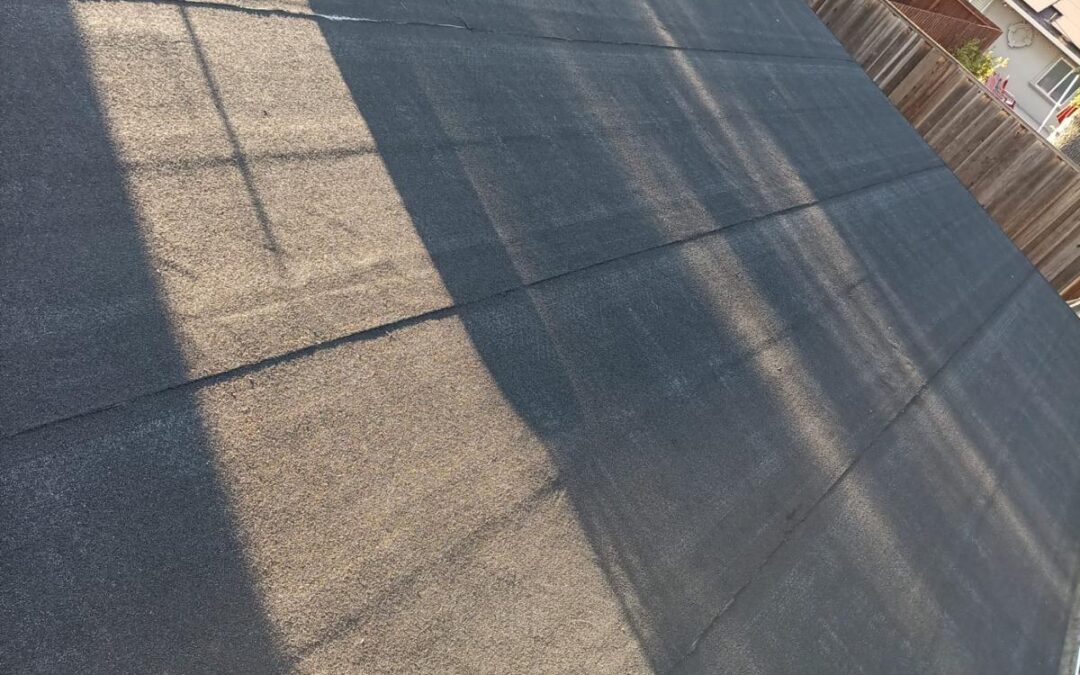Replacing a roof is one of the biggest investments a homeowner can make, which is why many people look for ways to cut costs when repairs or replacements are needed. A common question that comes up is: Can you replace only half a roof?
It’s an understandable thought. After all, sometimes only one side of the roof shows damage from a storm, or maybe part of the roof is newer than the other. Replacing just the damaged portion might seem like a practical and budget-friendly option.
But while it’s technically possible to replace only half a roof, there are several important factors to consider before making that decision. In this article, we’ll explore the reasons homeowners consider partial replacements, the pros and cons, cost implications, and when a full replacement may be the smarter long-term choice.
Why Homeowners Consider Replacing Only Half a Roof
There are several reasons why homeowners ask about replacing just half of their roof. The most common is budget. A full roof replacement can be a significant expense, so tackling only the damaged portion can feel like a way to save money upfront.
Another scenario is storm damage. High winds or fallen branches often impact just one side of a roof, leaving the other half seemingly intact. In these cases, it may feel unnecessary to replace the entire system.
Homeowners also consider partial replacement when one section of the roof is newer than the other, for example, if part was replaced after a past repair but the rest is aging. Others may see a half replacement as a temporary solution, buying time before committing to a full roof investment.
While these reasons are valid, partial replacements come with challenges worth weighing carefully.
So, Can You Replace Only Half a Roof?
The short answer is yes. It is possible to replace only half a roof. Roofing contractors can remove shingles, underlayment, and materials from the damaged section while leaving the other half untouched. On paper, this might sound like a cost-saving compromise, especially if only part of the roof shows visible damage.
However, the reality is more complicated. Matching shingle color, style, and texture can be difficult, especially if the existing roof has faded over time. Even shingles from the same manufacturer may not blend seamlessly with older materials. This can create a patchy appearance that affects curb appeal.
In addition, the new and old sections of your roof will age at different rates. While the new half may last 15–20 years, the older half could fail much sooner which would leave you with ongoing repairs. For this reason, many contractors advise considering the long-term implications before choosing a half replacement.
Pros of Replacing Half a Roof
While not always the ideal solution, there are some advantages to replacing only half a roof.
- Lower Upfront Cost: A partial replacement is generally less expensive than redoing the entire roof, making it appealing for homeowners on a tight budget.
- Quick Fix for Localized Damage: If a storm or falling tree only affects one section, replacing just that side can restore protection quickly.
- Preserve Usable Materials: If the other half of the roof is still in good condition, a partial replacement allows you to keep that investment intact.
- Bridge to a Full Replacement: For homeowners not ready to invest in a full replacement, replacing half the roof can serve as a temporary solution, buying time until the entire system needs upgrading.
While these benefits make half-roof replacements appealing in certain situations, they come with trade-offs that homeowners should consider carefully.
Cons of Replacing Half a Roof
Although it’s possible to replace only half a roof, there are significant downsides that often outweigh the short-term savings.
- Aesthetic Issues: Even if you purchase the same brand and color of shingles, new materials rarely match older ones due to fading. This can leave your roof looking patchy and uneven.
- Uneven Aging: The new half will last 15–20 years, while the older half will continue to deteriorate. This creates an imbalance, leading to more frequent repairs and a shortened overall lifespan.
- Warranty Concerns: Many roofing manufacturers require full replacement to maintain warranty coverage. Mixing old and new materials could void or complicate your warranty.
- Potential Leak Risks: The seam where the old and new sections meet can become a weak spot. Without proper installation, this dividing line may allow water infiltration.
- Long-Term Cost Inefficiency: While a half replacement saves money now, it often leads to higher expenses later when the remaining half inevitably needs replacement.
For these reasons, many roofing professionals caution homeowners to think beyond immediate savings and consider whether a full replacement might be the smarter investment.
Cost Considerations
At first glance, replacing only half a roof seems like an easy way to save money. And it’s true that a partial replacement generally costs less upfront than redoing the entire roof. However, the savings may not be as significant as many homeowners expect.
That’s because labor and setup costs, such as tearing off shingles, staging equipment, and installing underlayment, are required whether you replace half or the whole roof. These fixed costs mean that the price difference isn’t exactly 50%.
On average, a half-roof replacement might cost 60–70% of a full replacement, depending on the roof’s size, pitch, and complexity. In addition, homeowners should consider long-term costs. If the older half of the roof fails within a few years, you’ll face another replacement project and additional expenses.
Insurance may cover partial replacements in cases of storm damage, but coverage varies, so it’s important to check your policy.
When to Replace Half vs the Whole Roof
There are situations where a half replacement can make sense, but it’s important to weigh the circumstances carefully.
Replacing Half a Roof May Work Best If:
- A storm or fallen tree damaged only one section.
- The undamaged half is relatively new and still in good condition.
- You need a temporary fix due to budget constraints, with plans for full replacement in the near future.
A Full Replacement Is the Smarter Choice If:
- Your roof is near the end of its lifespan (15–20+ years).
- Both sides show signs of aging, curling, or missing shingles.
- You want consistent curb appeal, stronger warranty coverage, and peace of mind for the long term.
Ultimately, while a half replacement can work in limited cases, most homeowners benefit from investing in a full roof replacement when significant issues arise.
Green Group Roofing’s Expert Recommendation
At Green Group Roofing, we understand why homeowners ask about replacing only half a roof since it seems like a practical way to save money. While it can work in certain circumstances, our experience shows that a full replacement often delivers the best long-term value, consistency, and peace of mind.
Every home and every roof is different, which is why we recommend a professional inspection before making a decision. Our team carefully evaluates the age of your roof, the extent of damage, and your budget to provide honest, straightforward guidance. Whether a partial repair or full replacement is the right path, we’ll ensure the solution protects your home for years to come.

